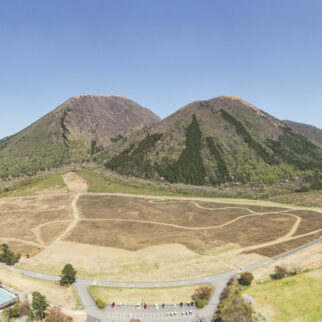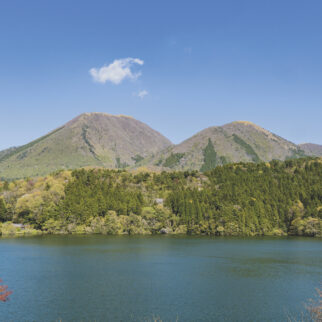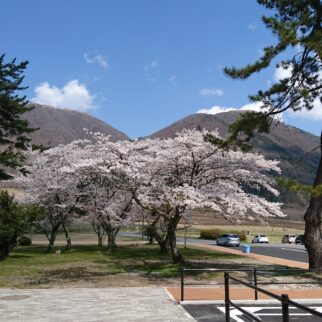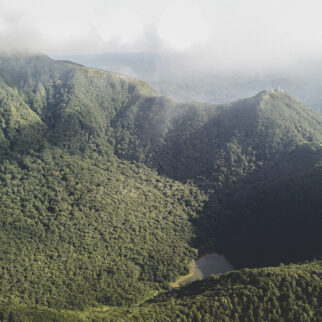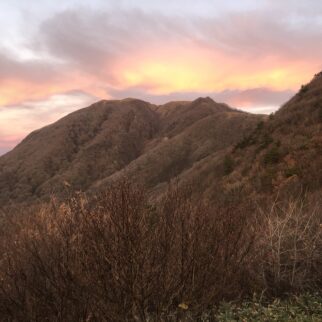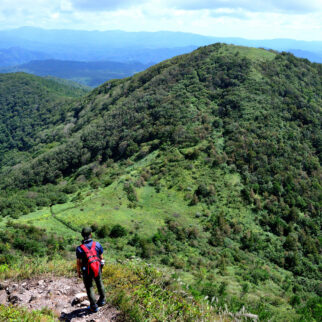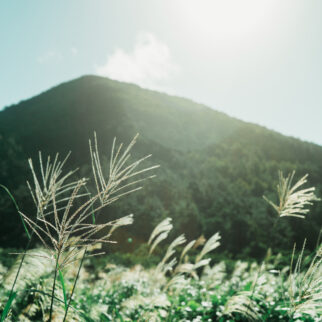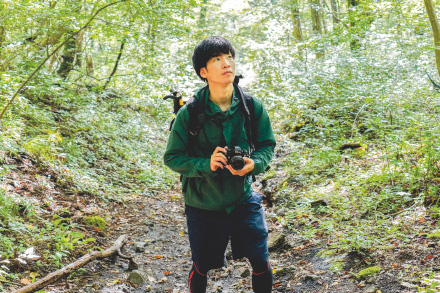 Ancient Jomon Forest reborn
Ancient Jomon Forest reborn
in modern times
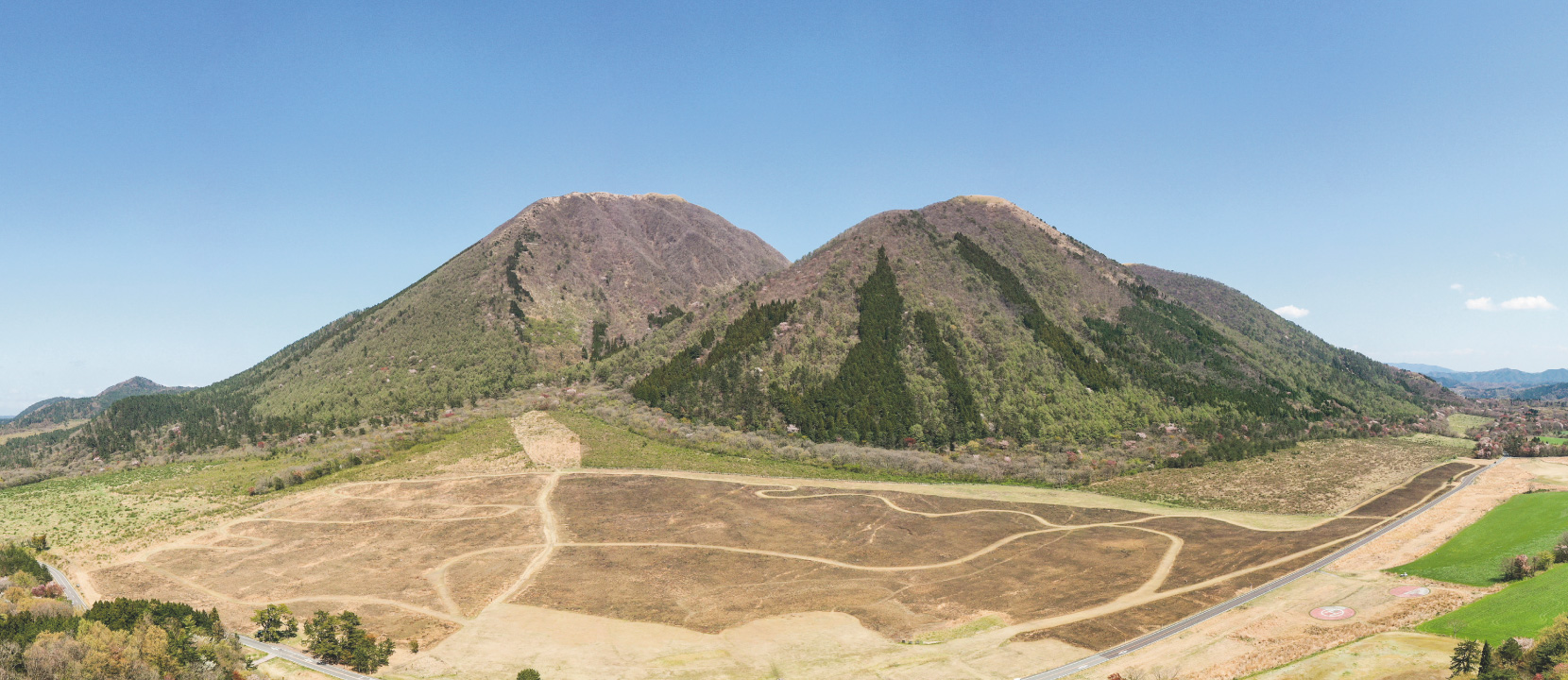
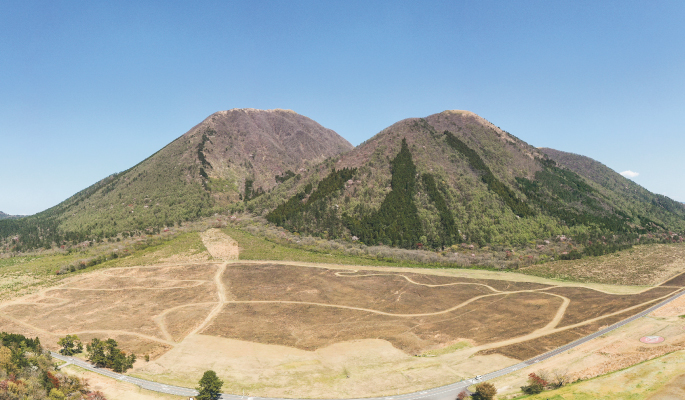
An active volcano where you can feel the breath of the earth
Mt. Sanbe
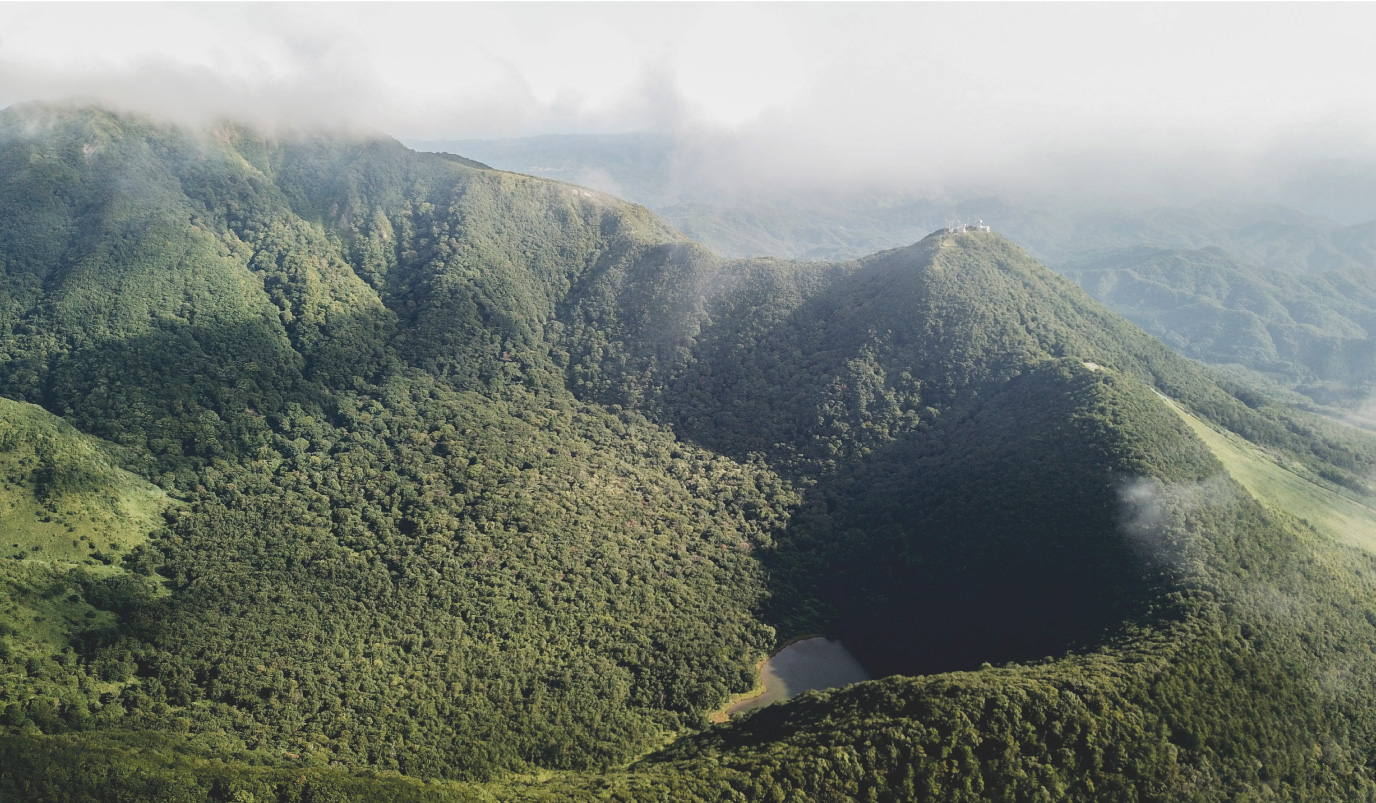
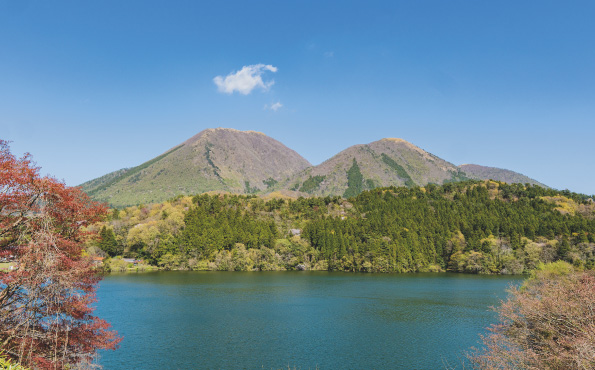
Mt. Sanbe appears in the Kunibiki (Land-Pulling) Myth and is a beloved symbol of the region both in the past and present. With its abundant fields of natural flowers, it is also known as a popular place for observing nature, and many people come here for mountain climbing and camping.
This mountain was formed by repeated volcanic eruptions. The volcanic activity began about 100,000 years ago and continued until about 4,000 years ago. Large eruptions in the early period created a caldera with a diameter of 4.5 km, and in subsequent eruptions from the Jomon period onward lava erupting inside the caldera created several peaks, of which Mt. Osanbe (1126 m) is the highest. Notable for its distinct string of peaks, each named like members of a family—man, woman, child, grandchild—as well as for the quality of its grassy plains that spread out on the gentle slopes at the base of the mountain, this landscape has been designated as a national park.

- 1History of volcanic activity
- The activity of Sanbe Volcano began about 100,000 years ago, and it is known that there were seven periods of activity until about 4,000 years ago. During the volcanic activity approximately 100,000 years ago, a large amount of ejecta was thrown high into the air, and the buildup of pumice and volcanic ash that fell has been confirmed to be 50 to 100 cm deep in Matsue City, about 50 km away, and has even been found as far away as the Tohoku region. The second activity (approximately 70,000 years ago) generated a large pyroclastic flow. These two events were large-scale eruptions that formed a caldera. Further large, explosive eruptions occurred about 30,000 and 16,000 years ago. The current shape of the volcano was formed by volcanic activities occurring from about 16,000 years ago. The eruption that created the body of the volcano slowly ejected lava from the crater to create a volcanic landform called a lava dome. This eruption was of the same type as the Mt. Unzen eruption.







